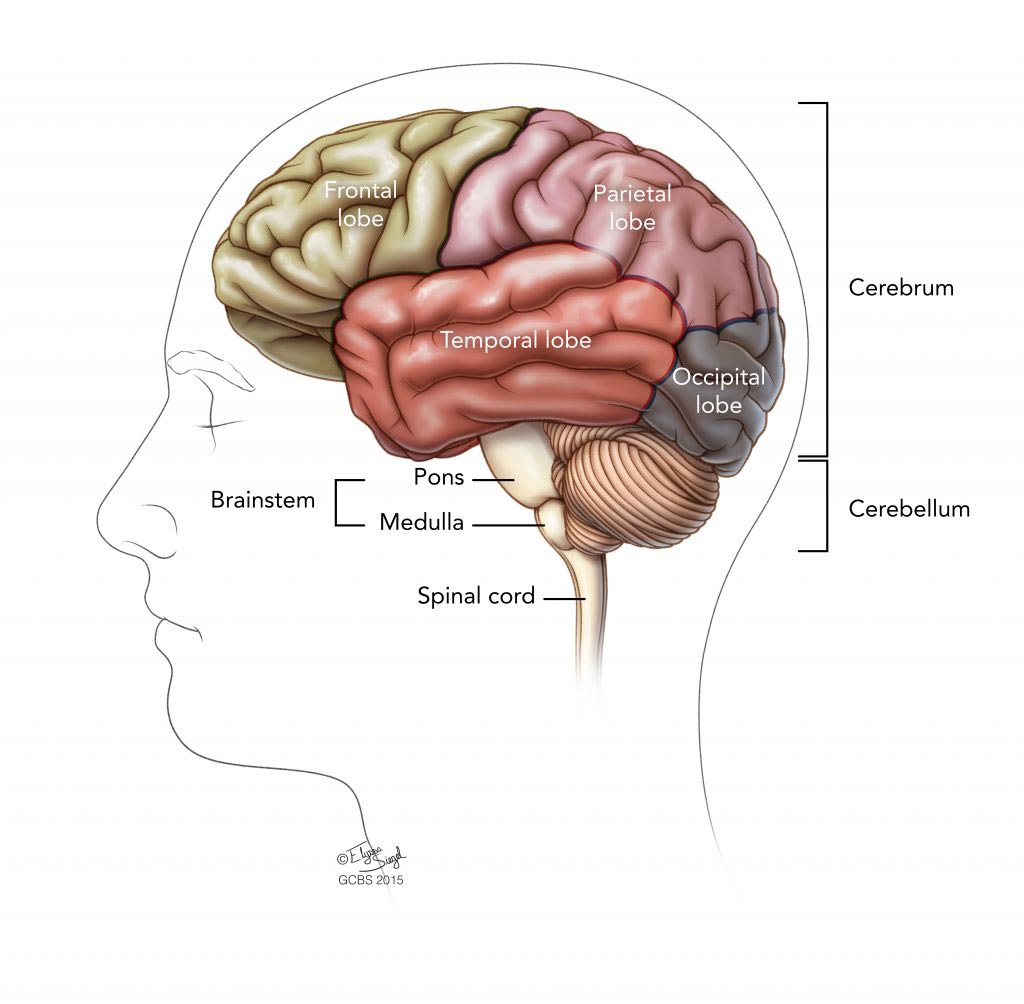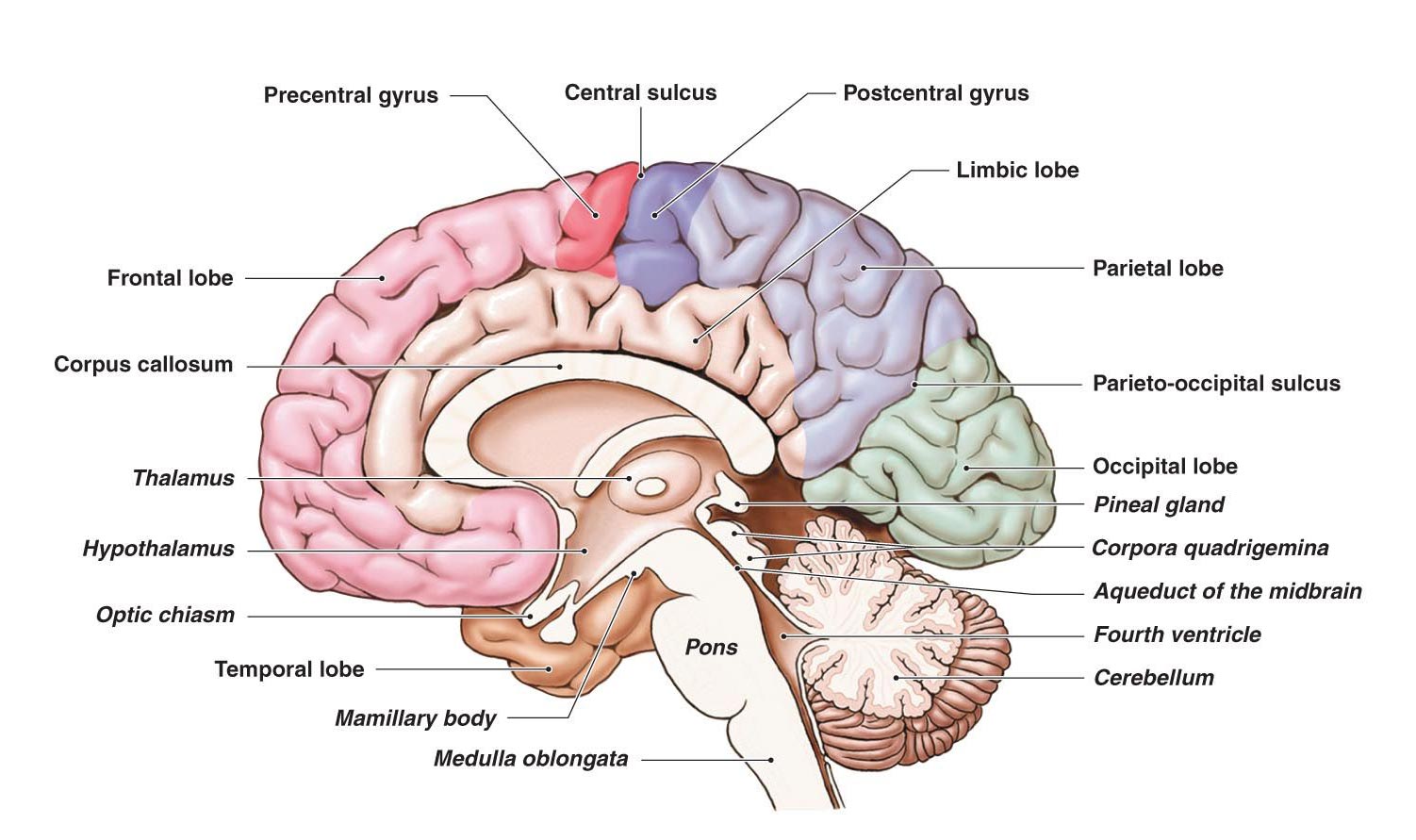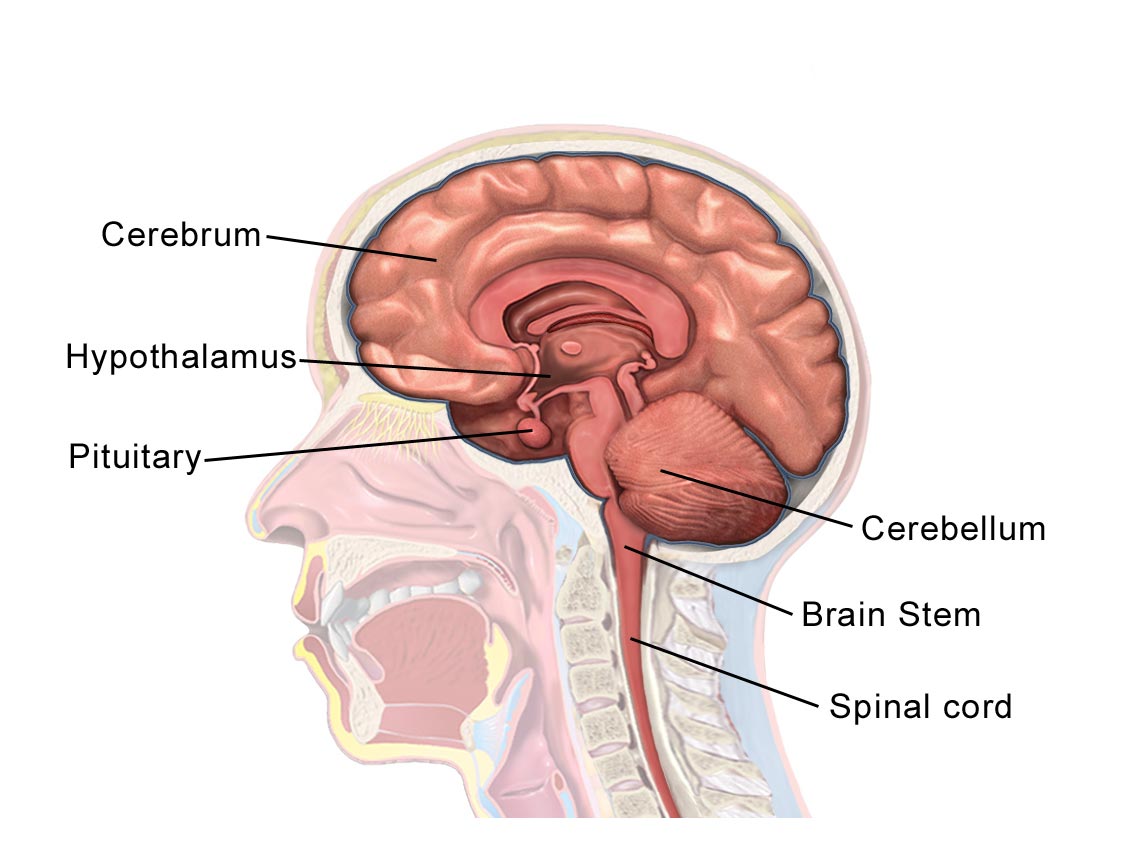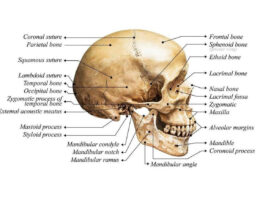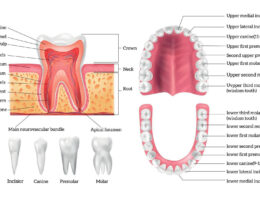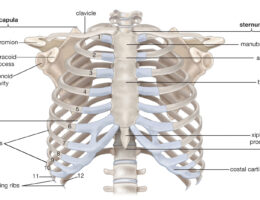The brain is the most complex organ of the human body, responsible for controlling all bodily functions and enabling us to think, feel, and experience the world around us. It is divided into several regions, each with a specific function.
A labeled diagram of the brain typically includes the following parts:
- Cerebrum: The largest part of the brain, responsible for conscious thought and voluntary movement.
- Cerebellum: Located at the back of the brain, it coordinates muscle movements and balance.
- Brainstem: The base of the brain, connecting the brain to the spinal cord. It controls vital functions like breathing and heart rate.
- Thalamus: Located above the brainstem, it acts as a relay station for sensory information to be sent to the cerebral cortex.
- Hypothalamus: Located below the thalamus, it controls the autonomic nervous system, hormones, and body temperature.
- Pituitary gland: A small gland located below the hypothalamus, responsible for producing and releasing hormones that regulate several bodily functions.
- Corpus callosum: A thick band of nerve fibers that connects the two hemispheres of the brain, allowing them to communicate with each other.
- Frontal lobe: Located in the front of the brain, it is responsible for decision-making, problem-solving, and emotions.
- Parietal lobe: Located behind the frontal lobe, it processes sensory information like touch and taste.
- Occipital lobe: Located at the back of the brain, it processes visual information.
- Temporal lobe: Located on the sides of the brain, it processes auditory information and plays a role in memory and emotions.
- Limbic system: A group of structures in the brain, including the amygdala and hippocampus, responsible for emotions, motivation, and memory.
